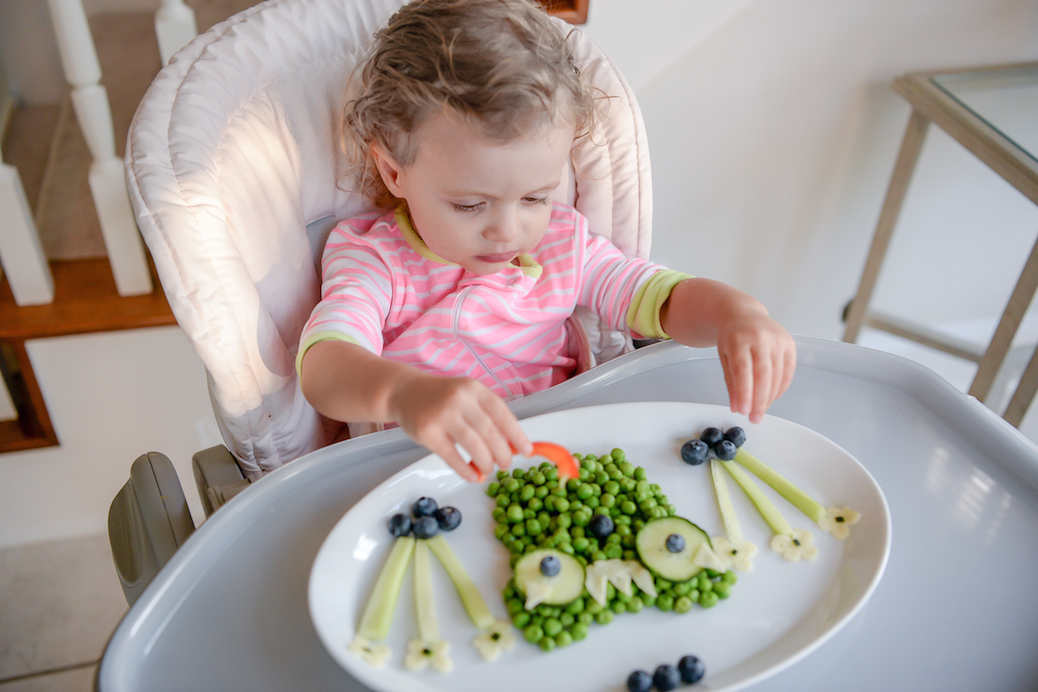
An empty plate is an image many mums probably can only dream about. Yet, before you jump to conclusions that your child is a “typical” fussy eater, make sure it is in a mood and there is nothing about the meal that is irritating.
Below, I describe some ways to deal with sweet, little fussy eaters, that have never eaten much, or they’ve started to be picky just like that… all of a sudden.
Why my child refuses to eat?
Medical condition
One of the most serious reasons is that your child doesn’t want to eat may by an acid reflux. It is very common in infants, yet rarely does it have an impact on older kids as well. The child responds aversive to food and eats nothing more beyond satisfying basic hunger. It looks similar with constipation. Notice how your kid behaves after the meal. Does it have to use the bathroom right away? Is it whiny or does it have a stomach ache? Changing its diet can be a huge help in altering the child’s attitude towards eating.
Biting and chewing
Some children are picky eaters, because they don’t like the texture, flavor, smell or the look of a particular meal. If the food looks distasteful to your child, it’s not going to end up in his mouth in the first place, or it will spit it out when feeding. It also happens all the time when your child vomits a lot.
Remember, if your child’s oral-motor skills (like biting, chewing, swallow) are not developed enough it acts instinctively and spits out the food. Adjust texture of the nutrients and temperatures of the meals so the time spent on eating isn’t too stressful for both of you.
Lack of routine
Irregular eating hours result in eating refusal because your child may not be hungry at the moment. Try to adjust nutrition habits to the needs and capabilities of your beloved toddler. Change dinner time into a special moment for your whole family, without TV playing in the background or checking your smartphone under the table. It will be a clear sign that it is meal time, and your fussy eater should focus on that.
What to do with fussy eater?

BLW Method (Baby Lead Weaning)
This method is a very pleasant way to discover new flavors as I’ve mentioned before. The rule is to prepare many goodies for your child in a natural form it can try out, instead of mixing them together and serving a baby soup. I am a huge fan of healthy and nutritious baby soups and more (see this), but BLW helps so much to discover the variety of flavors, colors and shapes. It’s very messy at first, but the child’s joy is priceless. With BLW method children are in control of what they eat, therefore they are being encouraged to try new things. In the long term it results in a lovely meal time that is a perfect occasion for explorations, instead of something that has to be done or dealt with. Children leave the table when they not only feel full but also learn a new flavor or kind of food.
Small portions
Children have a very small stomachs, and they cannot eat too much at once. Therefore, they get hungry sooner. Try giving your child 5 small meals a day, at regular hours, before it asks you for something to eat. Toddlers are not able to connect the rumble in the stomach with the feel of hunger. Sometimes kids even say that the belly is hurting. Buy when you ask if they are hungry, they refuse the meal instantly.
Another way is to control the number and hours of snacks during the day. The children have to have time to get hungry between the meals and enjoy the upcoming lunch or dinner. If a child eats snacks all the time, no wonder that it is full just after a few bites during dinner time.
On the other hand, when you feed the baby, put a smaller portion of food on the spoon than usual and see if there is a difference. Toddlers are likely to spit food out when putting too much into their mouth at once.
Atmosphere at the table
During meal time the atmosphere should be calm, positive and in family surrounding. It’s not a good time for quarrel, teasing, complaints about job etc. Stress at the dinner table has an impact on the child and discourages it to eat. It can affect your child’s heath and stomach disorders as well. Turn off the TV and don’t use fairy tale animations to distract it. Instead, focus the child’s attention on what is happening at the table. Speak to a child about what you’ve cooked, what is inside or where the veggies you’ve used grow. Kids just love to be a part of some “project”, so engage them to prepare the meal. Let your baby stir the soup, crack the eggs or squeeze the lime for the salad.
Comparing to brother or sister has a negative impact on a child. Instead of saying: “look at your older brother, he is such a good son and eats everything”, simply approve the child that has no problems with eating: “mommy is very happy, when you eat everything that she prepared for you”. There is a pretty good chance that by hearing, your fussy eater will try to make you smile as well, and will clean its plate completely.
Time for dinner!
Children that are lost in their play may not even realize that they got hungry or it is dinner time. If you drag a toddler away from drawing or blocks, it starts to protest before it sits at the table. Give a heads up to your child two or even three times (10 minutes, then 5 minutes and 1 minute before) that the food is coming. After a few times, your child will familiarize with the thought of an upcoming meal and will come to the table when is asked for. Check out how the rest of your family members act when you call them for dinner. Do they come immediately? Or they just replay: “in a minute”, and you have to send “an invitation” a few times, before they actually come. Kids are amazing observers in similar cases.
Monotony
Children tend to refuse to eat something out of nowhere, even if it was their favorite meal just yesterday. Be creative! Even boring oatmeal can be transformed into impressive appeal like from a fairy tale or best-loved pet causing positive emotions. Peas-frog, ladybird-shaped sandwich, palm tree made from kiwis or an owl oatmeal will definitely surprise your toddler so much, that it won’t be able to wait for the next meal. With this amazing method you’ll draw attention of your sweat fussy eater to the plate and your own piece of art. If you’re afraid that it is too labor-intensive, consider how much time, energy and negative emotions you safe, when your beloved child eats such a meal without asking and chatting up.

One menu
Teach your baby from the start that there is one menu for the whole family. Frequently, pandering to the kid leads to the situation when he demands his favorite meals that are not necessarily good for them at the moment. As a result you’ll be forced to cook a separate meal only for your child, just to make it eat anything, because it refuses everything else. On the other side — don’t cheat. A clever kiddie quickly finds out that it ia the only one with veggies on the plate. If you don’t serve them to the other family members, there will be nothing that convinces your child that it should eat them. Instead, let the child decide what fruit it’ll eat on the second breakfast and what its sandwiches are made with. Don’t give the child the infinite numbers of options, two is just enough: would you like a ham or cheese sandwich? What do you want: apple or pear? In this way you let the child decide, but you learn its flavors and still control what it eats.
Tired child, hungry child
A very effective way to make a child eat the whole meal without chatting it up, is an activity outside the home. Football, running around, a long walk or swimming burns a lot of calories and makes place for food. Toddlers will happily eat everything after an intensive day and even will ask for more ϑ
Don’t use force
Don’t force your kid to eat and don’t feed him against its will. It’ll just work the opposite way. The child will start to cry, wail and won’t cooperate. Wait, ask to help you in the kitchen, tell it about flavors and ingredients, that you are using today and encourage it to have a meal with you. Try to serve food on regular hours every day.
Variety
Diversifying a child’s diet from the beginning, so that it is used to many flavors. Don’t be surprised that it doesn’t like Sunday homemade apple juice, if you always use the boxed one. We learn flavors and develop taste during the first years of our lives, and we have to take care of them on every day basis, not once in the blue moon.
Is there a perfect way or a recipe to make a fussy eater eat?
You’ll need ingredients listed down below:
Patience — aversion to food is usually just a phase that won’t take long. Keep an eye on your child, make sure that it is not caused by health problems. Engage your child in preparing the meals and learn how its flavors develops its taste buds. Anger and impatience will just make things worse.
Consequence — if you give in to child protests, you just encourage it to do so even harder and more often. It is not an easy task, but it is the most effective one to deal with different problems.
Set a good example — kids learn mostly by imitating their parents and siblings. When your tot sees that you enjoy eating beet green soup, cucumber salad or ratatouille, it will want to taste it as well. It’s all up to you to lead by example.
Variety – allow your child to taste many flavors and textures. Diversify your meals. If you love f.e. tomato soup, cook it with rice, the other day serve it with noodles or make a strain cream of tomato soup. Prepare creative salads, use seasonal vegetables and fruits and at least once a month try out a new, interesting recipe. Make learning new flavors a fascinating adventure.
I keep my fingers crossed. It is very important, not to give up hope. Staying calm and persistent will save you!



